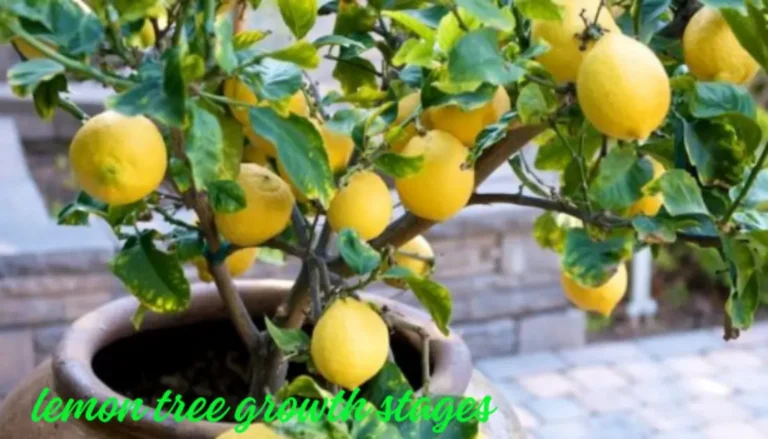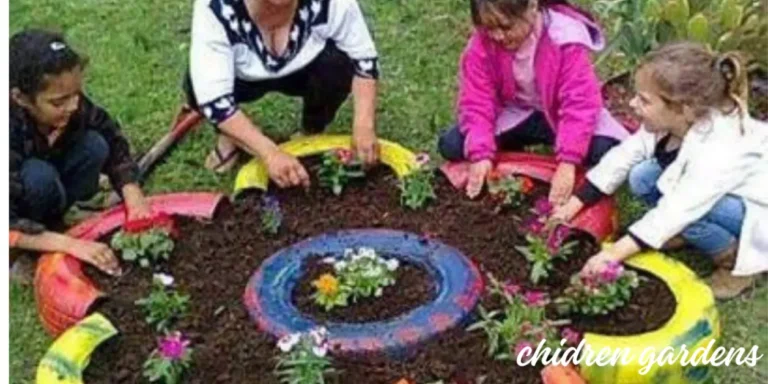Top 10 Part Shade Flowers And Care Tips
Part shade flowers are a fantastic way to bring color and life to those darker areas of your garden. These plants thrive even where sunlight is scarce, adding beauty and charm to places that might otherwise feel dull.
In this guide, we’ll dive into the world of part shade flowers, exploring their benefits, giving you tips for choosing the right ones, and offering easy-to-follow advice on planting and care. Whether you’re sprucing up your shady garden beds or creating lovely displays for your patio, this guide will help you create a lush and colorful oasis, no matter how shady it may be.
Top 10 Part Shade Flowers for Gardens
Bleeding Heart:

These flowers have heart-shaped blooms that hang from the stems, adding a romantic touch to shady spots. They like damp soil and bloom in spring.
Astilbe

Astilbe has fluffy flowers in pink, red, or white that bring texture and color to shady areas. They love moist soil and bloom in summer.
Lungwort

Lungwort has clusters of tube-shaped flowers in blue, pink, or white, with spotted leaves. It’s tough and blooms in spring.
Columbine

Columbine flowers have spurs in blue, pink, yellow, or white, attracting pollinators. They bloom in late spring or early summer.
Foxglove

Foxglove has tall spikes of tubular flowers in pink, purple, or white. They like rich soil and bloom in early summer.
Toad Lily

Toad lilies have orchid-like flowers in purple, pink, or white with speckles. They bloom in late summer and prefer moist soil.
Hosta:
- Hostas have big leaves in green, blue, or variegated patterns, with lavender or white flowers in summer. They’re easy to care for.
Japanese Anemone:
- Japanese anemones have graceful flowers in pink or white on tall stems. They bloom in late summer and like moist soil.
Brunnera:
- Brunnera has silver-variegated leaves and tiny blue flowers resembling forget-me-nots. It’s great as ground cover.
Jacob’s Ladder:
- Jacob’s ladder has bell-shaped flowers in blue, pink, or white, above fern-like leaves. They bloom in late spring to early summer and like moist soil.
Planting And Care Tips For Part Shade Flowers
- Choose the Right Spot: Select a location with partial shade and some sunlight, such as under a tree or near a building. Avoid placing them in direct sunlight all day, as it can be too intense.
- Water Regularly: Keep the soil moist but not waterlogged—water thoroughly when the soil starts to dry out, especially during hot weather. Mulching around the plants helps retain soil moisture.
- Feed Them Properly: Use a fertilizer designed for flowers to provide essential nutrients. Follow the instructions on the package and fertilize during the growing season to support strong growth and blooming.
- Monitor for Pests and Diseases: Check regularly for pests and signs of disease, like mould or spots on the leaves. If you notice any issues, take action promptly using natural or store-bought treatments to maintain plant health.
- Keep Them Neat: Prune old flowers and leaves to keep your plants tidy and encourage more blooms. This also helps prevent disease and improves air circulation. Use clean scissors or pruners for trimming.
5 Benefits of Part Shade Flowers
- Brings Color to Shady Areas: Part shade flowers add bright colors to spots in your garden that don’t get much sunlight. They make shady spots look beautiful and colorful.
- Grows Well in Different Places: These flowers are tough and can grow in places where other plants might not do well. They’re perfect for areas with not much sun, like under trees or near buildings.
- Blooms for a Long Time: Many part shade flowers keep blooming for a long time, making your garden look pretty from spring to fall. You can enjoy flowers for months!
- Fits Any Garden Style: You can use part shade flowers in lots of different ways in your garden. They’re great for filling in spaces, making woodland gardens, or adding beauty to shady patios.
- Attracts Helpful Animals: Part shade flowers are like magnets for bees, butterflies, and birds. They bring these helpful creatures to your garden, making it more lively and healthy.
Dealing with Challenges In Partial Shade Flowers
- Keep Soil Moist: Check if the soil is wet or dry regularly. Water when it’s dry to keep plants happy.
- Check for Bugs and Sickness: Look for bugs or sick leaves often. If you see any, take them off or use something to get rid of them.
- Give Plants Space: Cut back extra leaves to let air move around the plants. This helps stop mold or rot from happening.
- Pick Strong Flowers: Choose flowers that can handle not much sun and bugs. This makes it easier to keep them healthy.
- Cover Soil and Feed Plants: Put stuff on top of the soil to keep it moist, like mulch. Also, put good stuff in the soil to help plants grow better.
- Hostas and Ferns: Put big hosta leaves with delicate ferns for a pretty garden. The different shapes and greens look nice together.
- Astilbe and Heuchera: Mix fluffy astilbe flowers with colorful heuchera leaves for a bright garden bed. Choose heuchera with different colors to match the soft astilbe.
- Bleeding Heart and Hellebore: Put heart-shaped bleeding heart flowers with elegant hellebore flowers for a romantic garden. Their gentle colors and shapes make your garden look sweet.
- Lungwort and Tiarella: Combine lungwort’s spotted leaves with tiarella’s tiny flowers for a magical garden. Their mixed leaves and small blooms give your garden a fairy tale feel.
- Columbine and Jacob’s Ladder: Mix columbine’s spiky flowers with Jacob’s ladder’s bell-shaped blooms for a cute garden. Their light leaves and pretty flowers look great together.
FAQs
What is part shade for flowers?
Part shade for flowers means they get some sunlight, but not too much. It’s like being in a spot where you can see the sun, but it’s not too bright. These flowers like a bit of shade to grow well.
What flower grows best in shade?
The hosta flower grows best in shade.
Which plant prefers partial sun?
The impatiens plant prefers partial sun.
Can flowers grow in full shade?
Yes, some flowers can grow in full shade, although their options may be limited. Examples include impatiens, ferns, and hostas, which thrive in shady conditions.
What is the most shade loving plant?
The most shade-loving plant is the hosta. It thrives in shady conditions and is known for its lush foliage and attractive flowers.
Also Read
Sword Ferns
Childrens Garden
Calathea Varieties
Trees with Purple Flowers
Lemon Tree Growth Stages
Aglaonema pink





